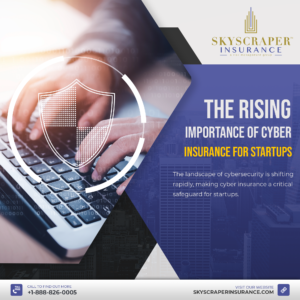Imagine your job is to solve a jigsaw puzzle. But instead of a definitive set of tiles coming together to complete a set picture, the puzzle is constantly changing as you attempt to complete it.
This is what it’s like for professionals in the property & casualty insurance industry who attempt to manage cyber threats.
Emerging cyber risks in a connected world
There are several growing risks that will require careful navigation including ransomware and voice programs that try to steal personal information.
As an information security professional in the world of insurance, the emergence of cyber threats and how we prevent and mitigate these risks are somethings I think about often (as do my colleagues and peers). Many believe that 2020 may prove to be a tipping point for both the critical nature of cyber risks and the new ways we think about mitigating them. I tend to agree.
Emphasizes just how much of a puzzle cyber really is. While many cyber risks are known and discussed at great length around the industry, “Solving the Cyber Puzzle: The Unexpected Ways Cyber Risk Impacts Your Business” focuses on ways that cyber risk impacts clients in six less-discussed areas: intellectual property, mergers and acquisitions, retirement, executives, computer crime and the corporation.
Despite the raw unpredictability of a cyber event, there are real steps to take to mitigate risk and continue to grow market share.
Cyber insurance presents a once-in-a-century opportunity for the insurance industry to expand into a totally new product line. Demand for cyber coverage will only increase as the world becomes increasingly digital, creating more opportunities for cyber breaches. As the Organization for Economic Co-operation and Development concluded: “increasing digitalization will ensure that this [cyber] risk will remain top-of-the-agenda for the foreseeable future.”
Due to COVID-19 and the increased number of remote workers, cyber attacks such as malware and phishing attempts are likely to increase, causing potential disruption to your client’s business. To help, Standalone Cyber coverage is just one of over 20 markets we recently added to offer a wider variety of commercial insurance solutions. Cyber insurance policies provide protection for existing and evolving security risks that your client’s business may encounter.
The way business is conducted has changed drastically, almost overnight. Cyber-criminals are looking for any way to exploit disrupted business routines, gaps in security, inexperienced staff, etc. They will take advantage of this!




